We may earn money or products from the companies mentioned in this post. This means if you click on the link and purchase the item, I will receive a small commission at no extra cost to you ... you're just helping re-supply our family's travel fund.
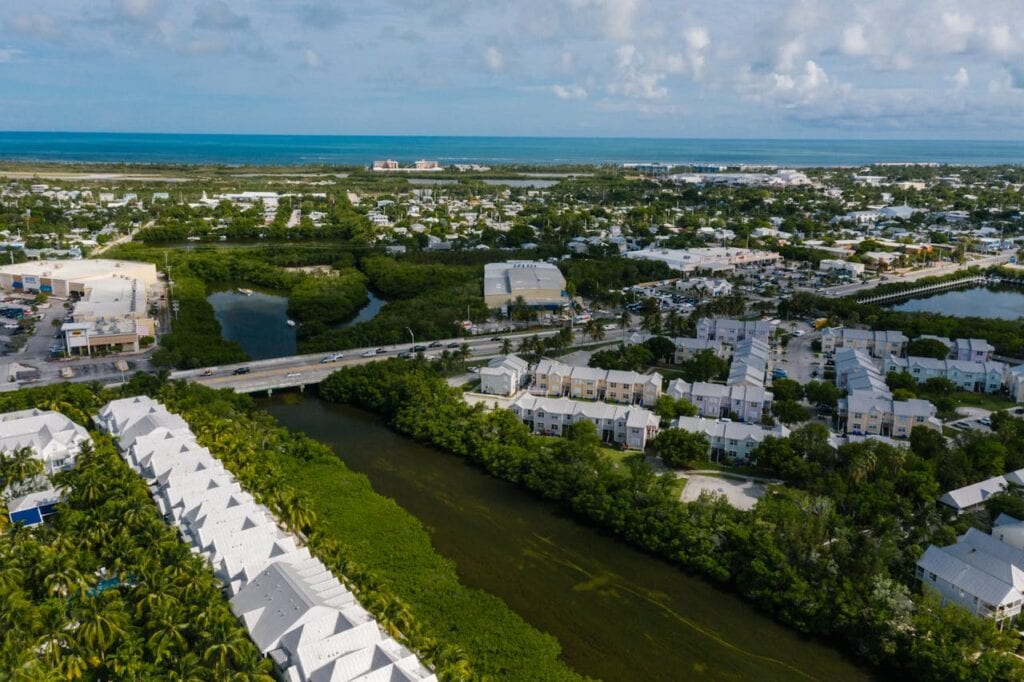
Across the country, small towns once known for quiet streets and local rhythms have become backdrops for visitors chasing the next beautiful escape. Tourism brings life and livelihood, but it also tests patience, prices, and the sense of home that once held everything steady. Locals talk about new energy, new faces, and sometimes a loss of what made their town feel like itself. These are the places learning what happens when the secret gets out and beauty draws a crowd that never really leaves.
Sedona, Arizona
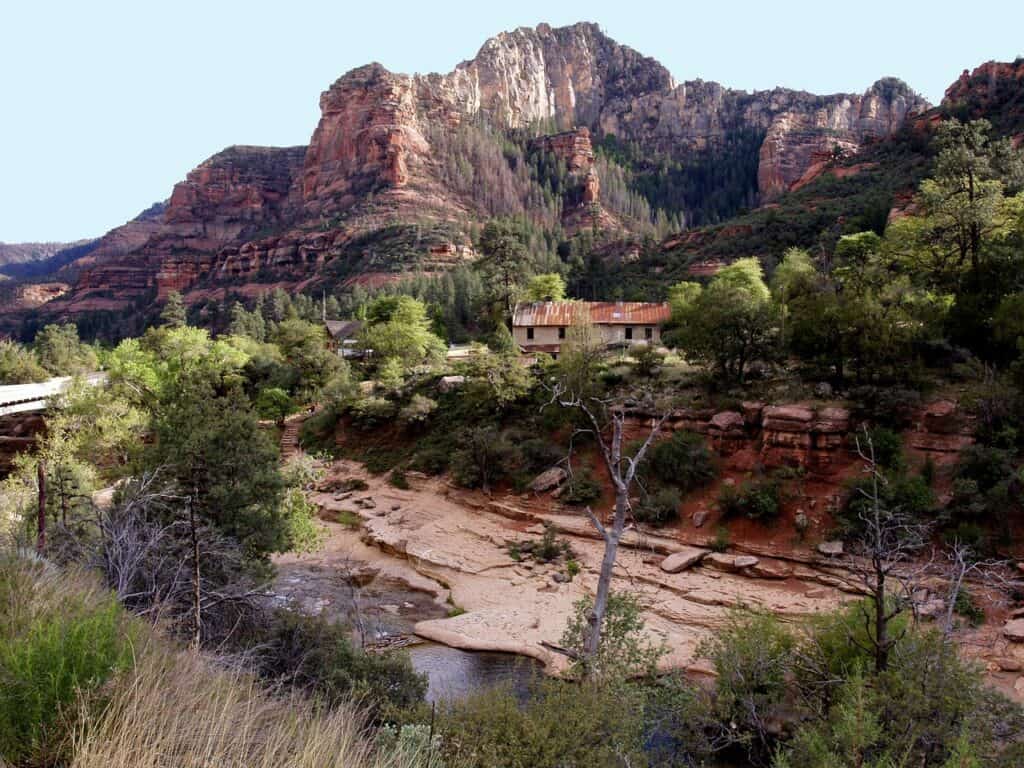
Sedona’s red rocks once belonged mostly to artists, hikers, and those who came to listen to the silence. Now that quiet competes with traffic climbing up Oak Creek Canyon and packed trailheads from dawn to dusk. Shops thrive, and restaurants buzz year-round, but locals say housing has vanished into vacation rentals. The town is trying to restore balance by repairing trails, setting visitor limits, and asking people to see the land as something sacred, not just scenic.
Bar Harbor, Maine
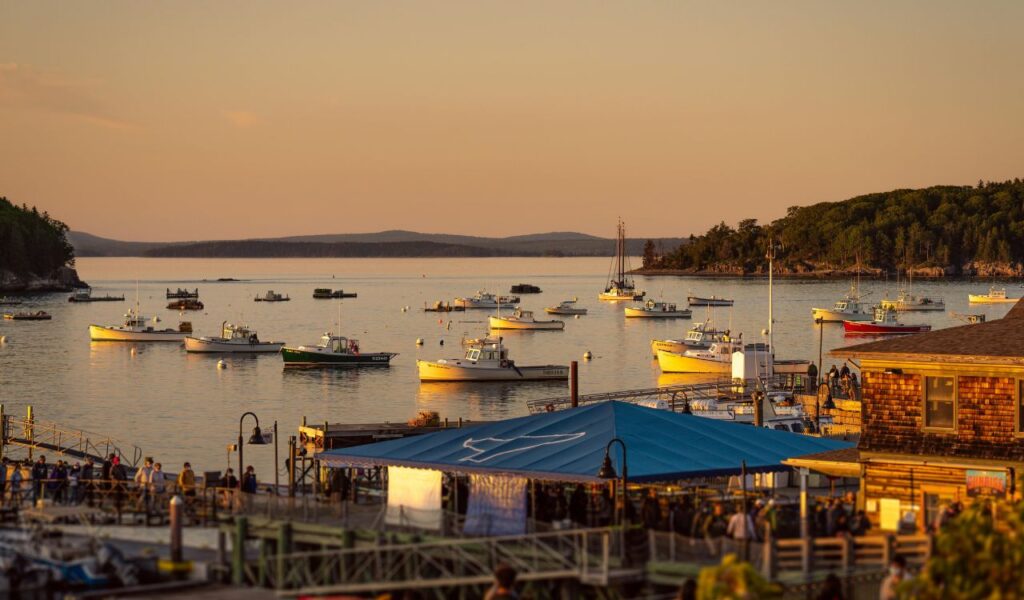
Bar Harbor wakes each morning to the rhythm of cruise ships docking at the edge of Acadia National Park. Every summer, sidewalks fill, prices rise, and parking becomes a daily negotiation. Many business owners rely on that season to survive the winter, but residents speak of losing their harbor to the noise and pace of visitors who rarely stay long enough to understand it. The town has begun debating limits on ships and visitor numbers, hoping to reclaim a measure of calm.
Marfa, Texas
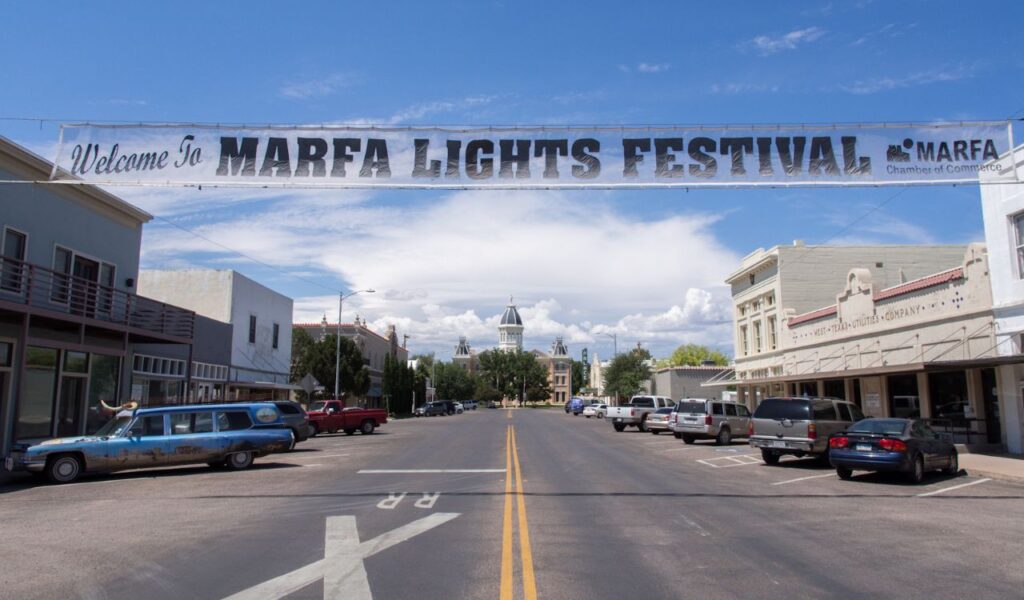
Marfa’s desert horizon once stretched endlessly, broken only by cattle fences and the occasional pickup. Then came the art, and then the world. What began as a minimalist retreat now hums with boutique hotels, curated coffee, and constant creative pilgrimages. Some longtime residents welcome the money; others miss when nights were darker and the only lights came from the stars. The challenge now is keeping its grit and grace while living with the world’s gaze.
Joshua Tree, California
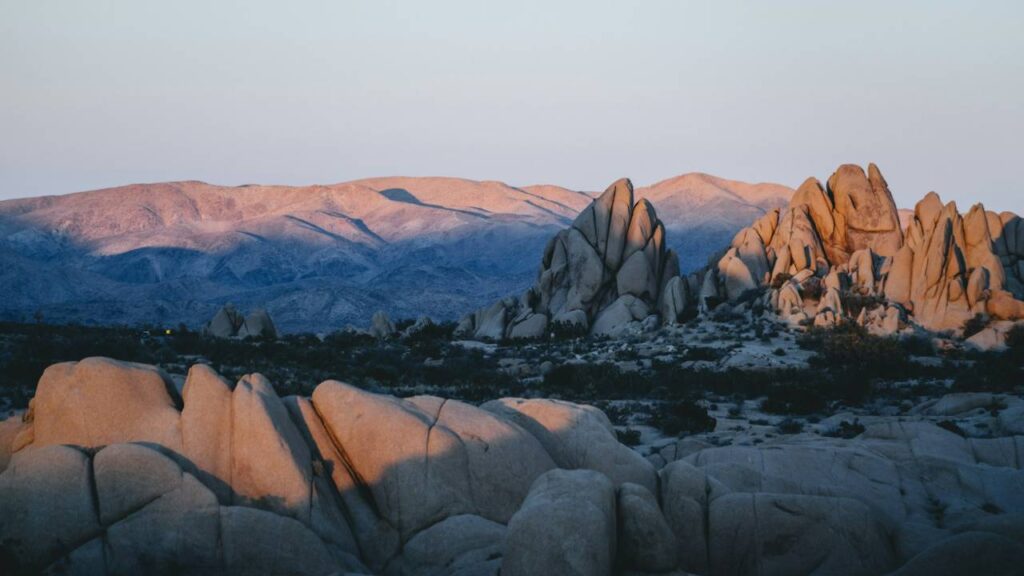
Joshua Tree used to feel infinite, with dusty roads, open silence, and a community of dreamers who came for space to think. Social media made it famous. Now short-term rentals dot the desert, and weekend crowds fill cafes that used to close by sunset. Locals talk about losing neighbors to rising rents and the town’s water table shrinking from overuse. Even so, there’s still that desert hush at sunrise, and people fighting to keep it that way.
Nantucket, Massachusetts
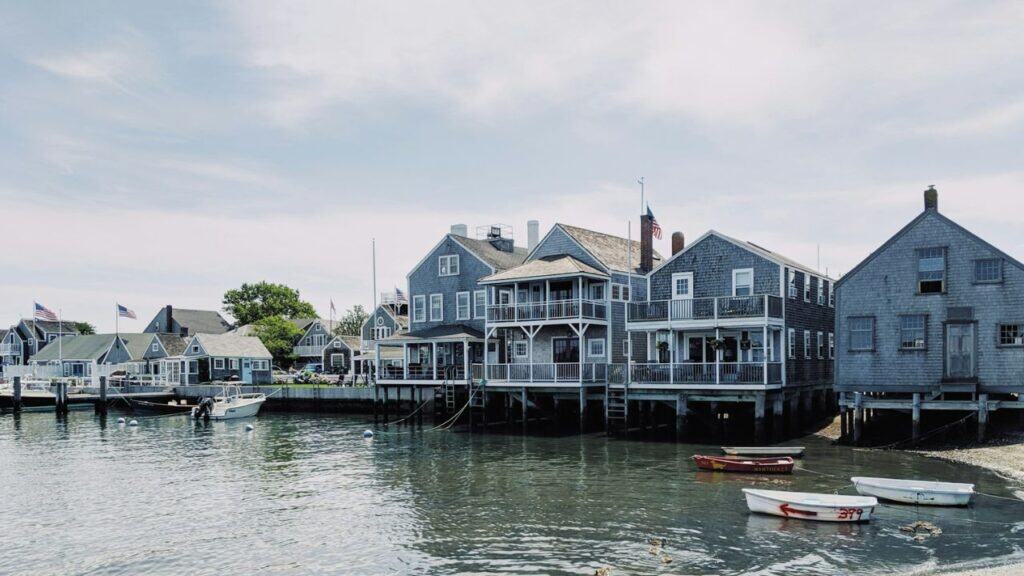
Every June, Nantucket changes. Planes, ferries, and summer crowds fill an island that can only stretch so far. The cobblestone streets stay picture-perfect, but behind them, housing for teachers and service workers grows scarce. The town has tried to rein in short-term rentals and protect neighborhoods that once felt like families. Residents speak of gratitude for the jobs and frustration at how little of the island still feels like home once the season ends.
Carmel-by-the-Sea, California
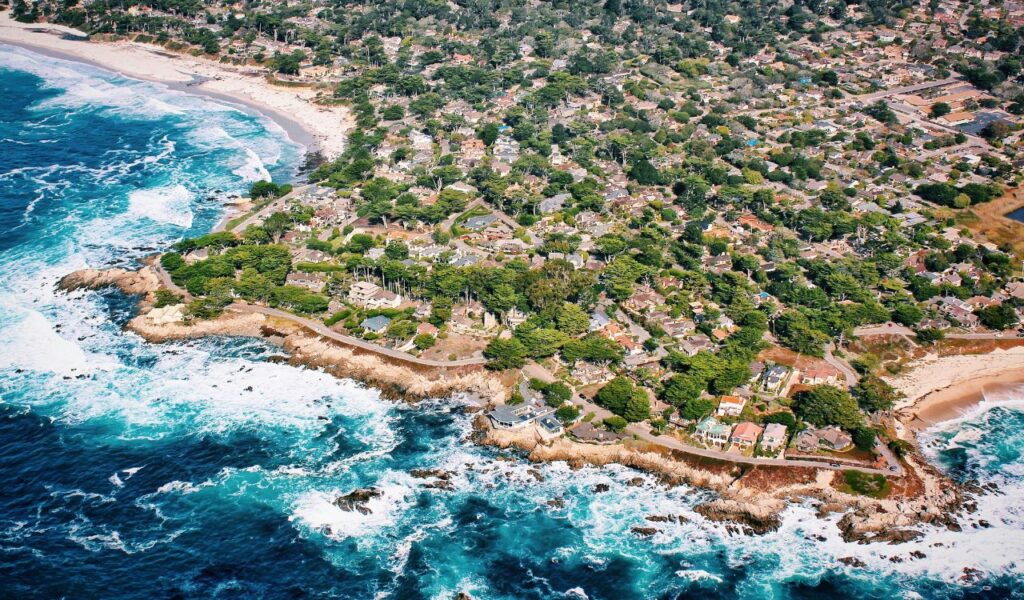
Carmel was once a storybook village where painters and writers settled near the coast to work quietly. Now its narrow lanes overflow with visitors snapping photos outside bakeries and boutiques. Property prices have soared, and few artists can afford to stay. Locals still fight to preserve the town’s architecture and charm, but many say it’s become harder to find the everyday rhythms that once made Carmel feel like a real community, not a postcard.
Asheville, North Carolina
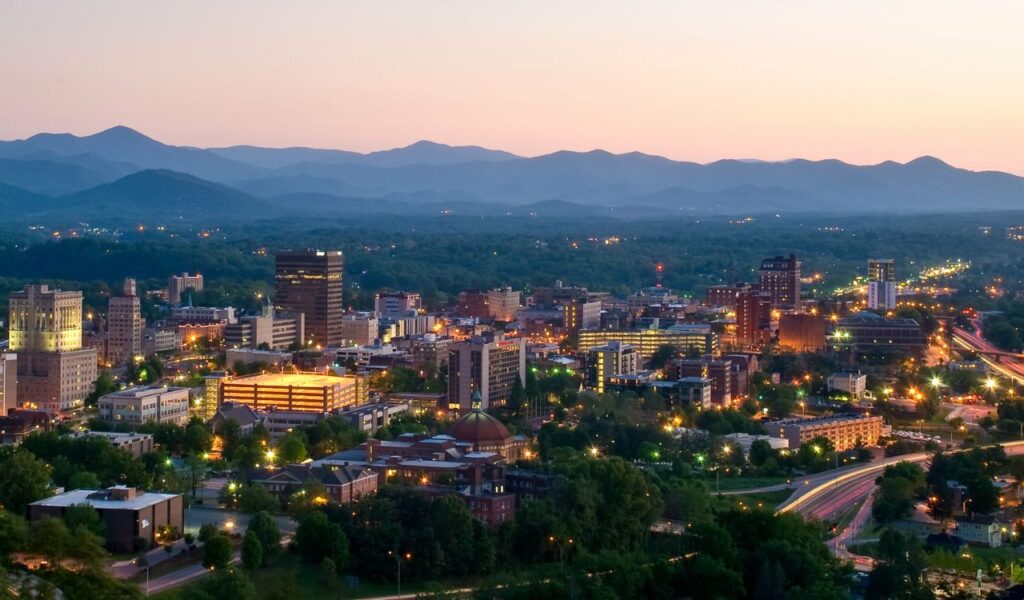
Asheville’s mountain setting drew artists, brewers, and entrepreneurs who wanted something slower, more human. The gamble worked, maybe too well. Today, breweries outnumber corner stores, and hotels rise where factories once stood. The creative energy remains, but so does the tension between growth and grit. Locals talk about needing more housing for the people who serve the visitors, not just more rooms for those who come to taste the town’s success.
Hudson, New York
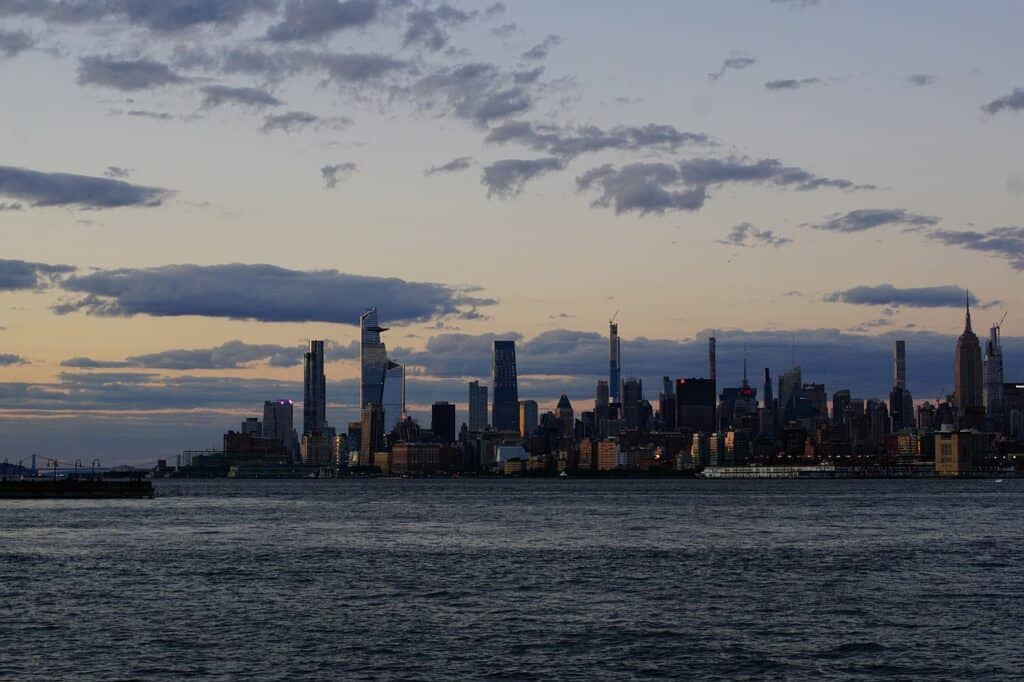
Hudson was a river town long before it was a weekend destination. The charm that drew antique hunters and New York expats has driven up rents and changed who can afford to stay. Locals miss the hardware stores and diners replaced by galleries and espresso bars. Yet many credit tourism with saving the town from decline. The question now isn’t whether Hudson will thrive, it’s whether it can still feel like home while doing so.
Mackinac Island, Michigan
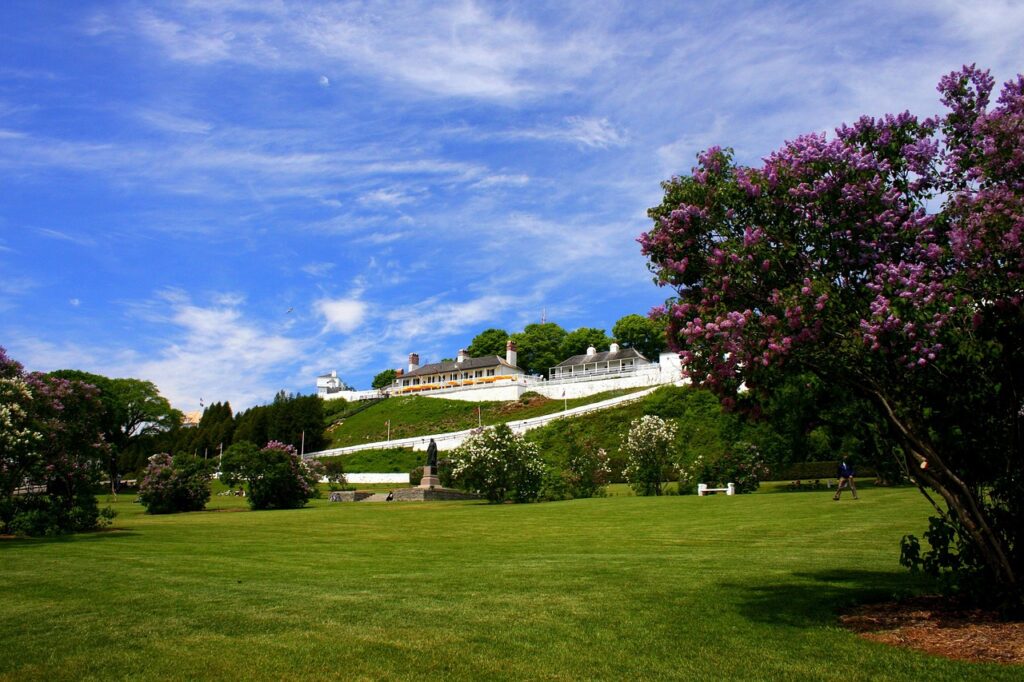
On Mackinac Island, time slows. Cars are banned, horses set the pace, and the smell of fudge drifts through the air. But the magic comes at a cost. Summers bring a crush of tourists, and winters bring quiet so deep it can feel forgotten. Locals depend on seasonal work and fight to keep year-round housing affordable. They love the island, even as they watch it tilt further toward the needs of people who only visit.
Gatlinburg, Tennessee
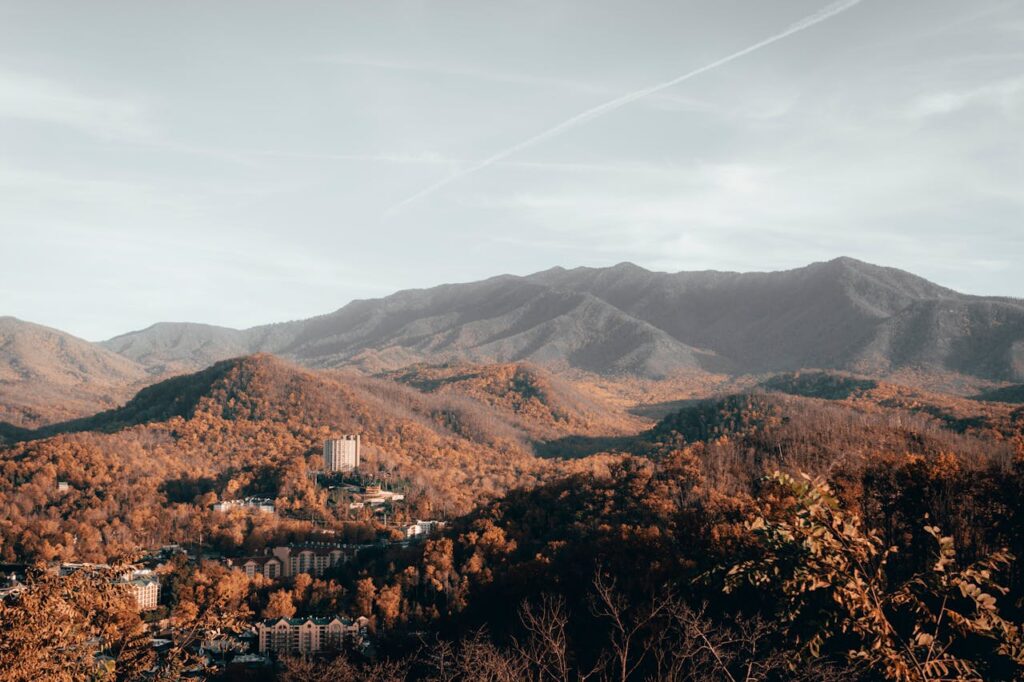
Gatlinburg’s gateway to the Smokies was once lined with handmade crafts and simple lodges. Now it’s packed with neon signs and endless attractions feeding off the park’s millions of annual visitors. The town thrives on that energy, yet many residents feel the mountains have become a backdrop instead of a home. Traffic crawls, rent climbs, and the balance between local life and visitor demand grows harder to hold with each passing year.
Telluride, Colorado
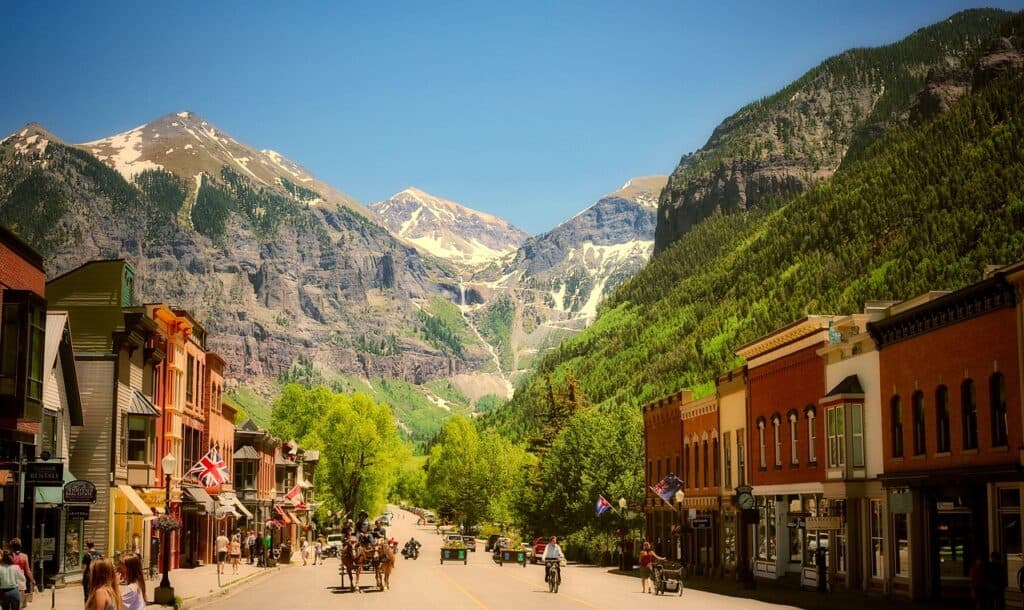
Telluride’s steep streets and surrounding peaks once held miners and mountain families. Ski lifts and festivals changed everything. The town is now a place of second homes and short leases, where service workers commute from distant valleys. Still, the magic remains in how the mountains frame every view and how fiercely locals defend their home. Affordable housing initiatives and community programs show the town hasn’t forgotten its roots, even if they’ve become harder to reach.
Key West, Florida
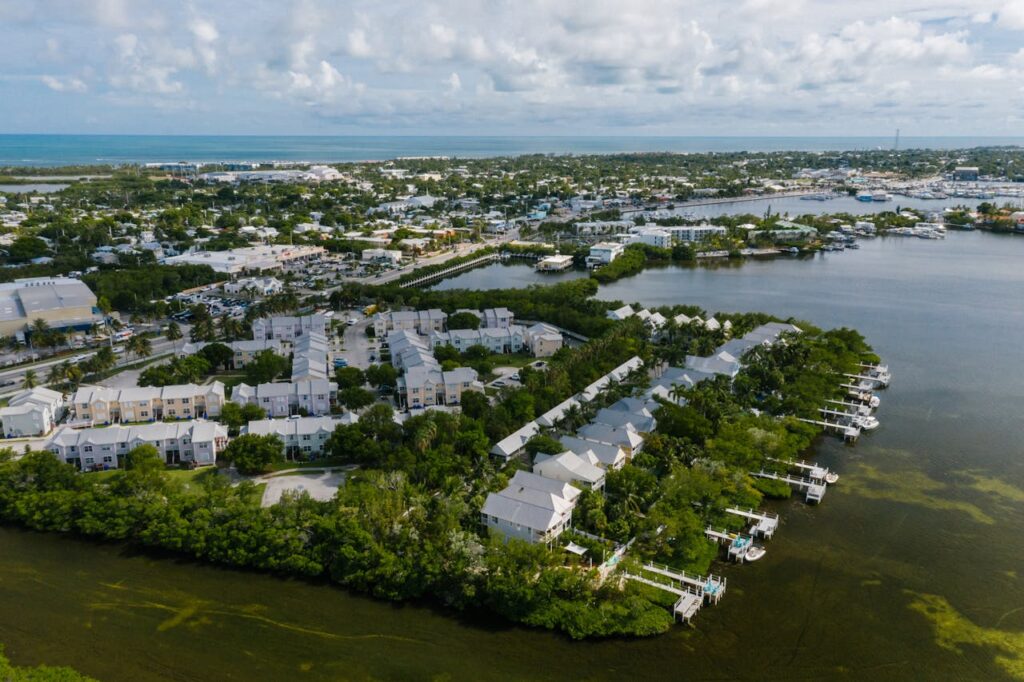
Key West built its reputation on eccentric charm and a come-as-you-are spirit. The cruise industry and rental boom have tested that freedom. Narrow streets now shoulder endless waves of visitors, and homes that once belonged to fishermen and writers are vacation properties. Locals work to protect the island’s music, food, and quirks that can’t be bought or scheduled. The sea still gives it rhythm; people just hope the town can keep its soul afloat.
Santa Fe, New Mexico
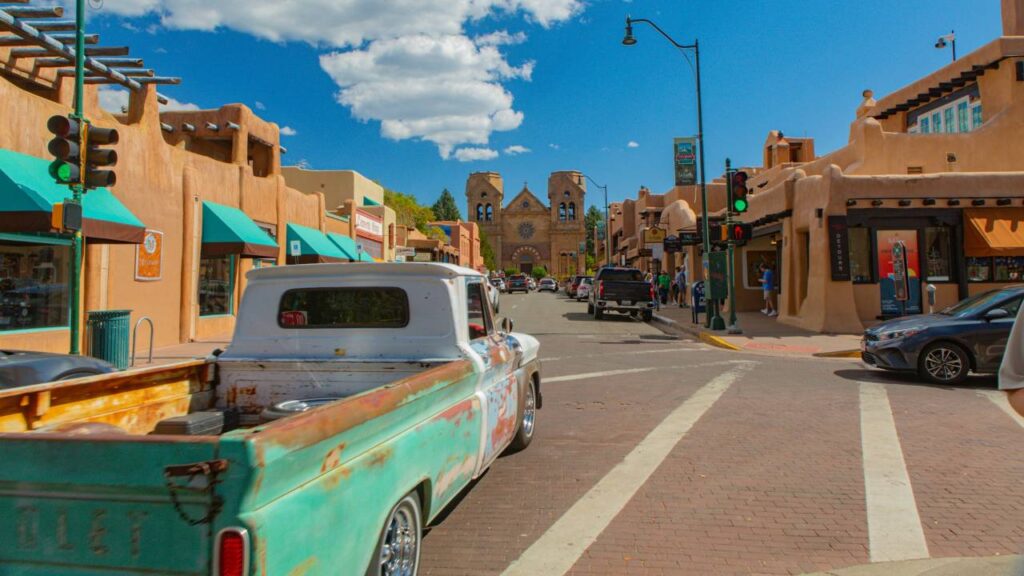
Santa Fe’s adobe skyline and centuries-old traditions made it a magnet for artists and travelers long before tourism had a name. Growth brought wealth and visibility but also tension as galleries multiplied and costs rose. Locals talk about the delicate line between honoring Indigenous and Hispanic heritage and selling it as décor. Even so, the community continues to lead with art, food, and a sense of identity that resists easy packaging.
When Tourism Stops Being Seasonal and Starts Feeling Permanent
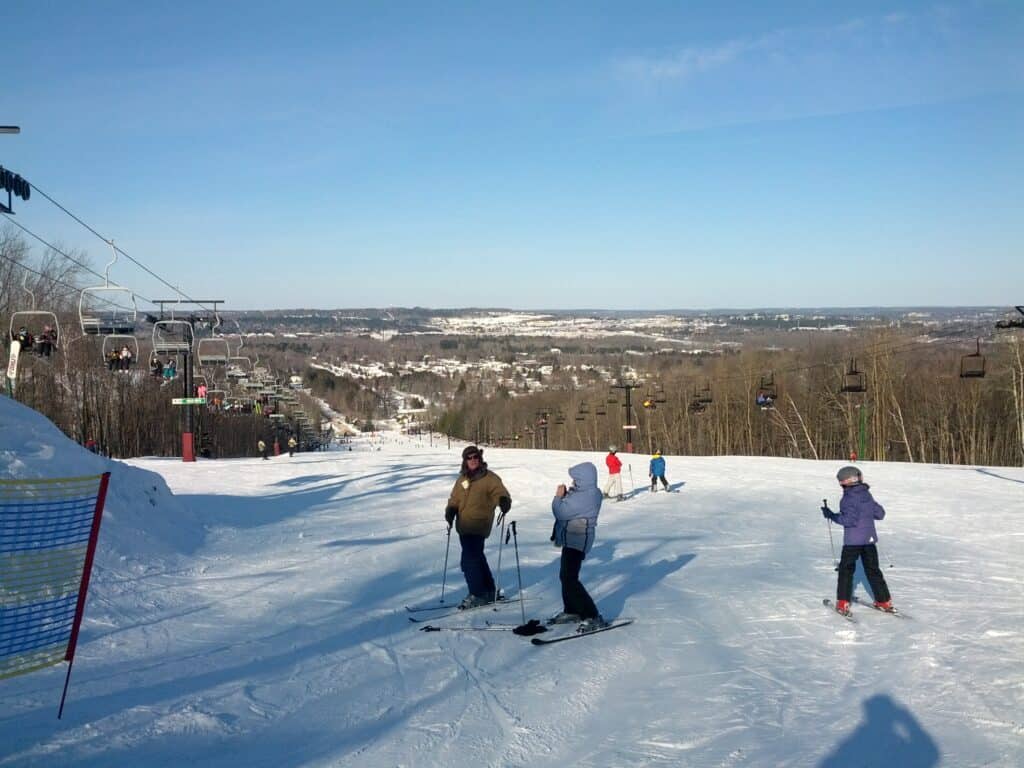
Many of these towns were built to handle visitors in waves, not as a constant presence. What has changed is scale and speed. Short-term rentals turn neighborhoods into revolving doors, and seasonal crowds now linger year-round. Locals aren’t rejecting tourism outright; they’re reacting to how quickly it reshapes housing, infrastructure, and daily life. When visitors outnumber residents for long stretches, even well-loved places can begin to feel unrecognizable to the people who live there.